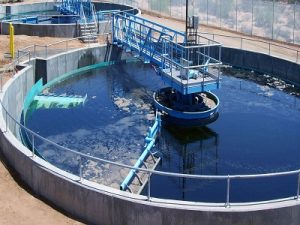
Water Treatment Chemicals
Water Treatment Chemicals Water treatment solutions from the professionals – arnymecogreen.com Introduction Client Sheet Related Products Contact us Water Treatment Chemicals Water treatment solutions from
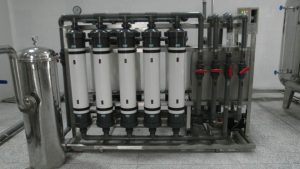
Ultra Filtration like Reverse Osmosis is a cross-flow separation process. Here, the liquid stream to be treated (feed) flows tangentially along the membrane surface, thereby producing two streams. The stream of liquid that comes through the membrane is called permeate. The type and amount of species left in the permeate will depend on the characteristics of the membrane, the operating conditions, and the quality of feed. The other liquid stream is called concentrate and gets progressively concentrated in those species removed by the membrane. In cross-flow separation therefore, the membrane itself does not act as a collector of ions, molecules or colloids but merely acts as a barrier to these species.
Conventional filters such as media filters or cartridge filters on the other hand only remove suspended solids by trapping them in the pores of the filter-media. These filters therefore act as depositories of suspended solids and have to be cleaned or replaced frequently. Conventional filters are used upstream from the membrane system to remove relatively large suspended solids and to let the membrane do the job of removing fine particles and dissolved solids. In ultra filtration for many applications no pre-filters are used and ultra filtration modules do concentration of all the suspended and emulsified materials.
We’re here to help! Contact us to learn more about our water treatment solutions, or to discuss your next project with our experts.

Quality
Our brand is well established and trusted and we provide quality and dependable services. When it comes to any requirement for raw water, waste water treatment and solar related solutions, we have predefined standardized steps that are taken at all stages to ensure good quality and satisfaction.

Services
We have successfully serviced many clients by providing them with prompt and satisfactory after sales services. Our dedicated team is always on stand-by to help you in case of any technical issues that you may face.

Skilled Team
Our team is comprised of skilled members who are educated and trained adequately well. They understand the best fit for your requirement and guide you for your needs at every stage for the most appropriate solution.

infrastructure
We are located at the heart of the country at the Industrial hubs of Pune and Ahmedabad and provide complete technical services globally all year round and have all the necessary plants, machineries, tools, equipments and expertise to serve our clients satisfactorily.

Social Responsibility
We are sensitive of our various social responsibilities towards the environment and the people and regularly participate in various philanthropic and social activities including taking care of our employees as our own family.

Latest Technology
Our skilled team members are periodically trained and updated in the latest technology related to raw water, waste water and solar power solutions. Our objective is to provide professional and satisfactory services at all times.






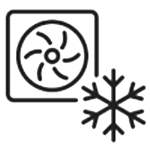




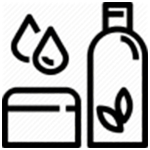

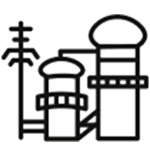
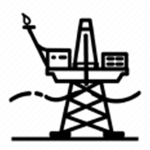
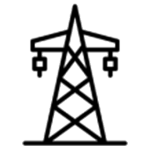



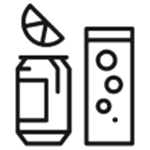
We’re here to help! Contact us to learn more about our water treatment solutions, or to discuss your next project with our experts.
RO Water Maker is a purifier system that uses the principle of reverse osmosis to remove 95-99% of all the mineral and chemical contaminants from raw tap water. R.O. gives you the quality of water.
The membrane consists of several thin layers or sheets of film that are bonded together and rolled in a spiral configuration around a plastic tube. (This is also known as a thin film composite or TFC membrane) The material of the membrane is semi-permeable with .0001 micron pores. It allows water molecules pass through while acting as a barrier to dissolved solids (i.e.: mineral chemical contaminants). When the feed water stream passes across the surface of the membrane, the molecules penetrate the membrane surface, working their way around the spiral and collecting in the center tube. The remaining contaminants are concentrated and washed from the surface of the membrane down the drain.

Water Treatment Chemicals Water treatment solutions from the professionals – arnymecogreen.com Introduction Client Sheet Related Products Contact us Water Treatment Chemicals Water treatment solutions from

Water treatment services in Indonesia Water treatment solutions from the professionals – arnymecogreen.com Introduction Client Sheet Related Products Contact us Best Water treatment services in
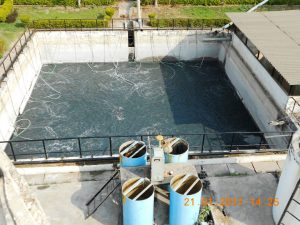
Water treatment services in Malaysia Water treatment solutions from the professionals – arnymecogreen.com Introduction Client Sheet Related Products Contact us Best Water treatment Services in
WATER TREATMENT AND SOLAR CHALLENGES.
DISCUSS YOUR NEXT PROJECT WITH US
Arnym Eco Green Pvt. Ltd.
1001, Vantage Tower C,
Level 10, NDA Road, Bavdhan
Pune 411 021 India.
Tel: + 91 20 67872229
Cell: + 91 98607 46464
Email: ceo@arnymecogreen.com
Developed by Website Designing Company – YCCINDIA.COM & Promoted by Digital Marketing Company – PICKMYURL.COM
Copyright © 2023 Arnym Eco Green Pvt Ltd.
Developed by Website Designing Company – YCCINDIA.COM & Promoted by Digital Marketing Company – PICKMYURL.COM
Copyright © 2022 Arnym Eco Green Pvt Ltd.
Arnym Eco Green Pvt. Ltd.
1001, Vantage Tower,
Level 10, NDA Road, Bavdhan
Pune 411 021 (India)
Tel : + 91 20 67872229
Cell : + 91 85305 55605
ceo@arnymecogreen.com
